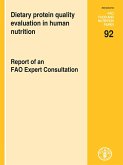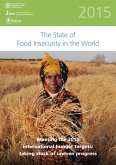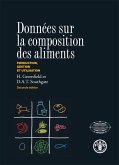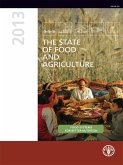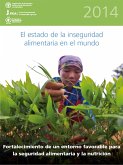Somogyi (1974) reproduced a page of the earliest known food composition table, dated 1818. Ever since, it has been customary to record food composition data in printed tables for use by both specialists and non-specialists. While printed tables will continue to be produced, computerized data systems have replaced them in some settings because of the ease with which data can be stored, and the facility with which the large amounts of data can be accessed and processed.
These systems are increasingly used to generate printed and computerized food composition tables and data files. Computerized and printed tables generally contain a subset of nutrients and foods and often no further documentation. A single computerized data system can generate a variety of tables and files, each containing specific subsets of numeric, descriptive and graphical information. Examples are the different user databases released by New Zealand (Burlingame, 1996).
Studies of the relationship between diet and health have led to increased interest in the range of biologically active constituents present in foods that accompany the nutrients, and data for these constituents are often required, as are data for additives and contaminants. A well-designed data system can accommodate non-nutrient data, although this should not detract from the primary objective of the database programme the provision of data on the nutrient content of foods.
Dieser Download kann aus rechtlichen Gründen nur mit Rechnungsadresse in A, B, CY, CZ, D, DK, EW, E, FIN, F, GR, H, IRL, I, LT, L, LR, M, NL, PL, P, R, S, SLO, SK ausgeliefert werden.



